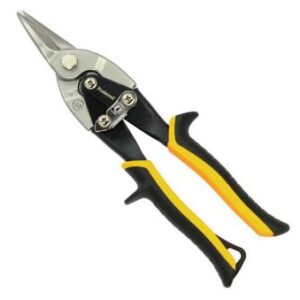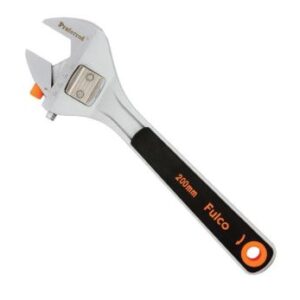3M 5200 Marine Adhesive Sealant
3M™ Marine Adhesive Sealant 5200 is a one-part polyurethane that chemically reacts with moisture to deliver strong, flexible bonds. It resists saltwater, and has excellent adhesion to wood, metal, gelcoat, and fiberglass.
Marine Adhesive Sealant forms a watertight, weather-resistant seal on joints and boat hardware, above and below the waterline. This makes it ideal for deck housings, hull fittings, porthole mounting, fiberglass transoms, and underside molding. In addition, its flexibility allows for dissipation of stress caused by shock, vibration, swelling or shrinking.
- Description
- Product Use
- Limitations
- Data Sheets & Downloads
3M™ Marine Adhesive Sealant 5200 is a one-part polyurethane that chemically reacts with moisture to deliver strong, flexible bonds. It resists saltwater, and has excellent adhesion to wood, metal, gelcoat, and fiberglass. It forms a watertight, weather-resistant seal on joints and boat hardware, above and below the waterline. In addition, its flexibility allows for dissipation of stress caused by shock, vibration, swelling or shrinking.
Note: Alcohol will interfere with the curing process and extra care must be taken when using alcohol as a cleaning solvent to prevent any contact with the sealant.
Typical bonding applications include:
- Fiberglass deck to fiberglass hull
- Wood to fiberglass
- Portholes
- Deck fittings
- Moldings
- Trunk joints
- Between struts and planking
- Stern joints
Typical sealing applications include:
- Some plastics (test before assembly)
- Glass
- Metals (priming may be required)
- Alcohol should not be used in preparation for bonding as it will interfere with the curing process, causing the adhesive to fail.
- Due to the decreased value in bond strength at elevated temperatures, use of this product is not recommended above 190°F (88°C).
- Do not apply at temperatures below 40°F (4°C) or on frost covered surfaces. Do not apply at surface temperatures above 100°F (38°C).
- Sealant should be used within 24 hours after inner seal is punctured, as product will start to cure in the cartridge and nozzle.
- At 90o F (32o C) and 90% relative humidity, bonds should be made within 15 minutes.
- Some one-part solvent-based Marine paints may not cure on top of cured 5200. It is strongly recommended to test all desired paints for suitability.
- 5200 has an elongation much greater than most paints. Most paints will not elongate to this extent before cracking or losing adhesion to the sealant. If the sealant is used in an application where it will elongate or flex to a high degree, it is best not to paint.
- 5200 is not recommended for use as a teak deck seam sealer. Extended exposure to chemicals (teak cleaners, oxalic acid, gasoline, strong solvents and other harsh chemicals) may cause permanent softening of the sealant.
- 5200 is not recommended for the installation of glass, polycarbonate, or acrylic windows that are not also mechanically fastened. Inconsistent adhesion of these unprimed substrates, specific design of the window and movement due to thermal expansion and flexing may cause application failure. Contact a Technical Service Engineer for help with these applications.
- When using 3MTM Marine Adhesive Sealant 5200 with metals it may be necessary to prime the surface to achieve adequate adhesion and durability of the bond. 3M Metal Primer P592 may be used for priming of most metals.
Cleanup:
For cleaning 3MTM Marine Adhesive Sealant 5200 before it is cured, use a dry cloth to remove the majority of sealant, followed by a cloth damp with 3MTM General Purpose Adhesive Cleaner 08984. Cured material can be removed mechanically with a knife, razor blade, piano wire, or sanding device.














